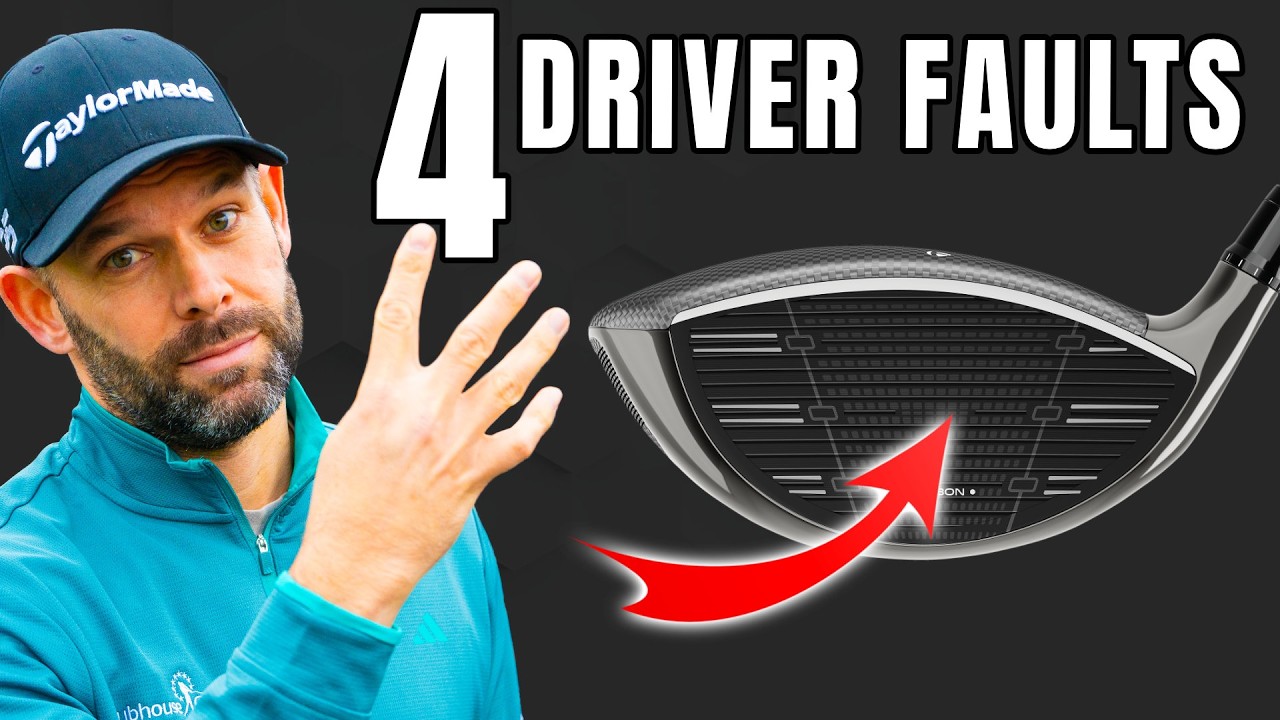
Unlock More Distance: Improve Your Golf Swing Now!
Transform an average 308-yard drive into a powerful shot free of errors! Discover how four small, common mistakes might be robbing you of distance on the course. By addressing these basic issues, you can achieve longer, straighter tee shots with ease and consistency. Read on to learn how to enhance your swing mechanics and regain those lost yards.
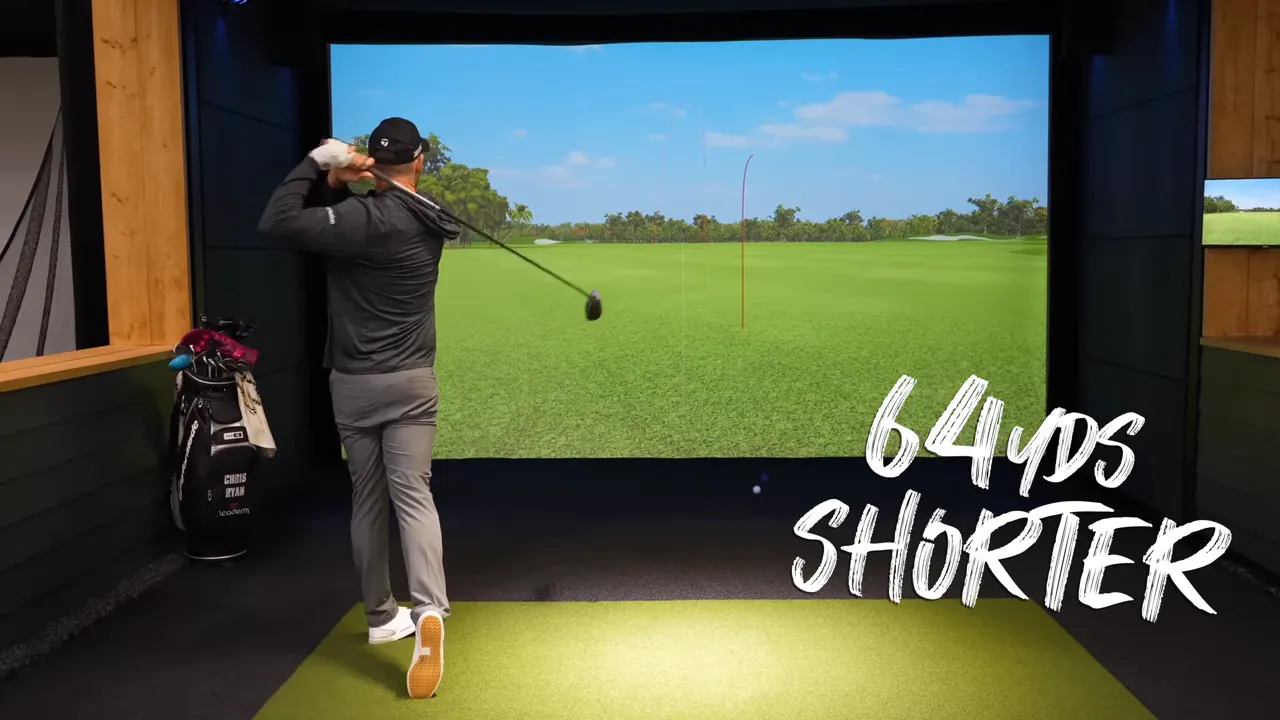
Table of Contents
- Grip Correction: Hold the Club in Your Fingers
- Body Tilt: Hips Slightly Forward
- Initiate Swing with Your Core
- Hip Lead: Maintain Upper Body Position
- A Comprehensive Practice Plan
- Common Practice Mistakes
- FAQ
- Final Thoughts
Grip Correction: Hold the Club in Your Fingers
A weak grip positioned too deeply in the palm causes lost yards and open clubfaces. Shifting your grip to the base of your fingers can enhance wrist motion and deliver more power at impact.
- Wrap your fingers around the grip, ensuring the handle runs through their base. Place the palm pad atop the grip.
- Test your grip by stabilizing your lead forearm and then lifting the club to horizontal without manipulating the forearm. A square clubface indicates a proper grip.
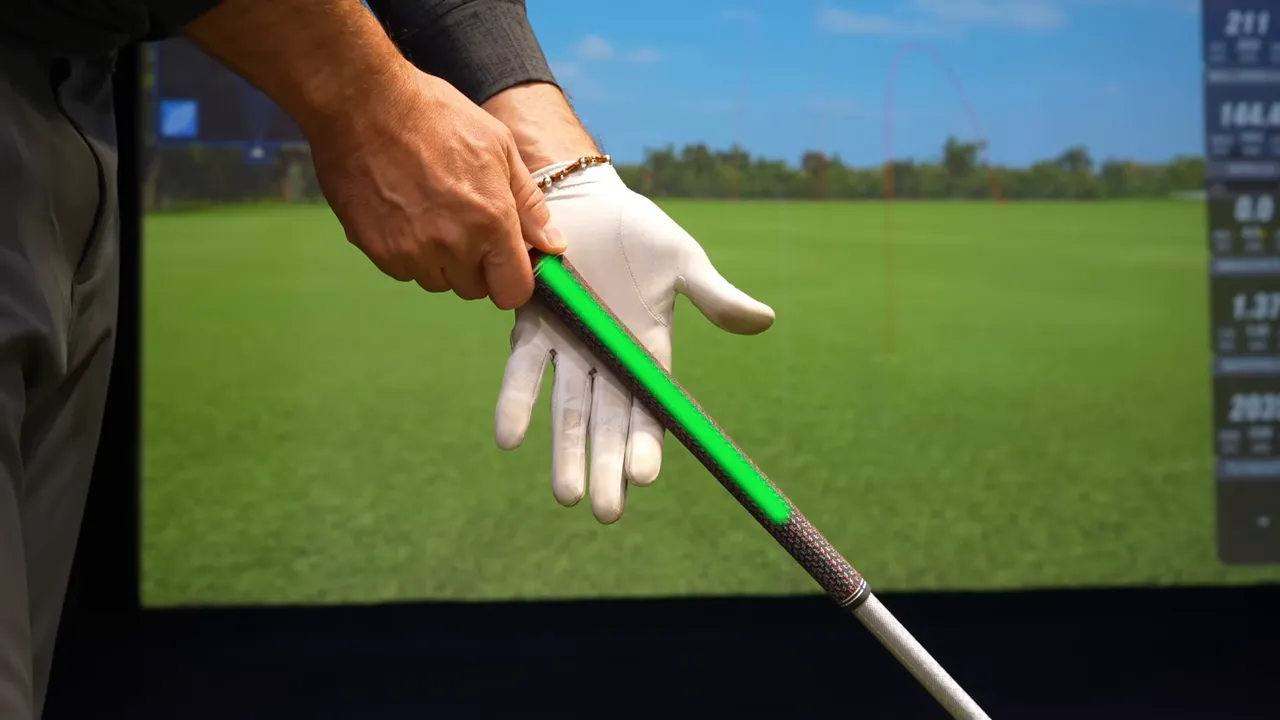
Why it matters: A finger-based grip enhances wrist leverage and control, resulting in straighter shots and increased distance.
Body Tilt: Hips Slightly Forward
Correct alignment begins with body tilt. Misaligned hips and upper body can drastically alter swing path and weight distribution.
- Stand slightly wider than shoulder-width and hold the club vertically to check your balance.
- Shift your hips slightly towards the target to create a slight tilt in your shoulders. This subtle adjustment sets up a favorable swing path.
Why it matters: Proper tilt aligns the shoulders for a better backswing weight shift, discouraging slicing and encouraging solid contact.
Initiate Swing with Your Core
A hand-centric takeaway can narrow the swing and prevent weight shifting effectively, reducing speed and distance.
- Lead with a push from your hips and a core-driven turn to initiate the backswing. Keep your hands following the movement, not leading.
Why it matters: Core-led swings maintain swing width and encourage efficient weight transfer, resulting in stronger shots.
Hip Lead: Maintain Upper Body Position
A significant slice often results from the chest moving ahead of the hips during the downswing. Lead with your hips to correct this.
- At the downswing onset, drive your hips toward the target while your upper body remains back. This counterbalance preserves power and increases launch angle.
Why it matters: Leading with the hips ensures better impact conditions, optimizing distance and reducing spin.
A Comprehensive Practice Plan
Integrate these corrections into a routine practice schedule for maximum effect.
- Warm-up: 5 minutes of light exercises and small swings.
- Grip focus: Perform 10 reps of the proper grip, recalling how it feels in practice.
- Body setup: Align yourself correctly, focusing on hip tilt, and perform slow, deliberate swings.
- Core initiation: Practice a core-led takeaway in slow motions to imprint the correct habit.
- Hip dominance: Execute swings emphasizing hip lead, using guided visualization.
- Integrated practice: Implement all fixes into complete swings, focusing on each individual aspect.
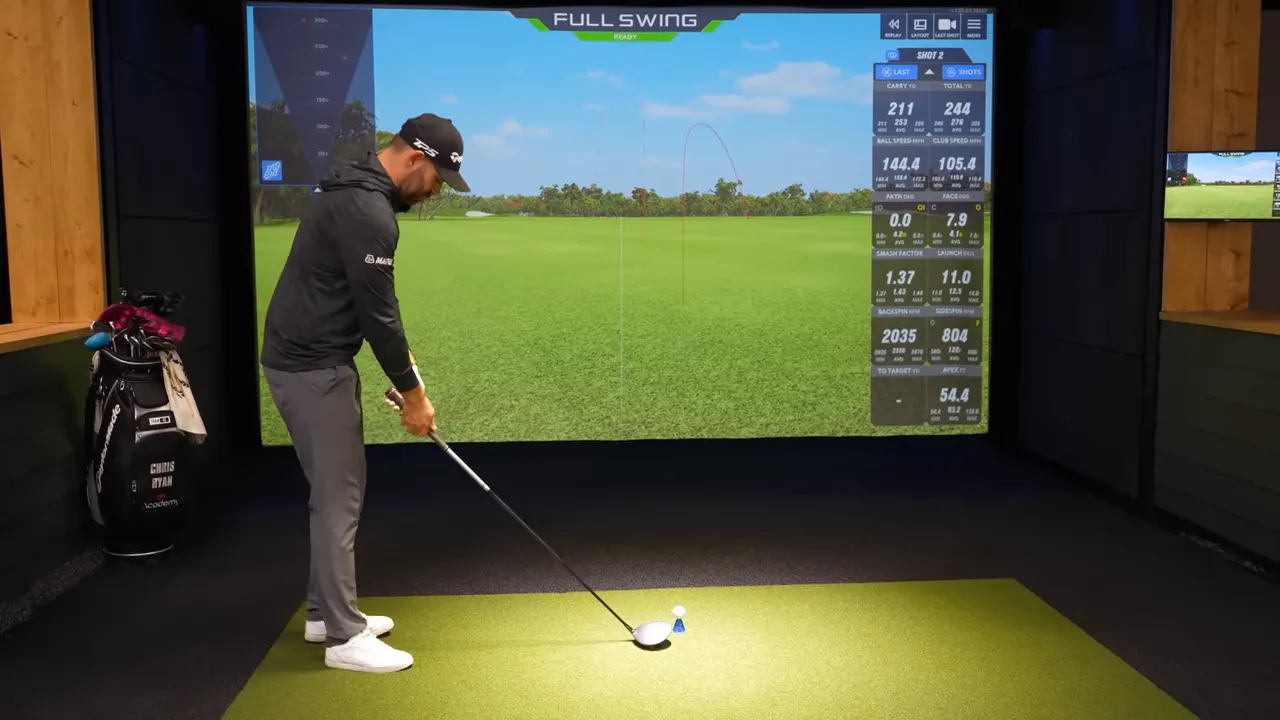
Common Practice Mistakes
- Avoid trying to fix multiple aspects simultaneously—focus on one cue per session.
- If your hands dominate the swing, revert to the core-focused drills discussed.
- Don’t over-adjust alignment to compensate for poor tilt—fix fundamentals first.
- Track gradual progress instead of expecting rapid perfection in all areas.
FAQ
How much distance can I gain by fixing these faults?
Correcting these issues can increase your golf drive from a few yards to up to 60 yards, depending on your current faults.
Can I DIY these corrections or is professional help necessary?
Although you can self-correct using the described drills, lessons may expedite progress by targeting specific faults swiftly.
How frequently should I practice to reinforce these changes?
Practice two to three times a week for optimal integration, focusing on one cue at a time during sessions.
Does a correct grip instantly change ball flight?
Adjustments may be noticeable, but consistent practice will stabilize the swing and improve accuracy over time.
What if I continue to swing with my chest leading?
Practice exaggerated hip bump drills to enhance hip motion in relation to the chest during your downswing.
Final Thoughts
Gaining distance in golf requires more than just raw power; it demands correct mechanics and sequencing. The four outlined mistakes are easily fixable, leading to more efficient swings and greater results. Focus on these changes in practice to see incremental improvements manifest on the course. Happy golfing!

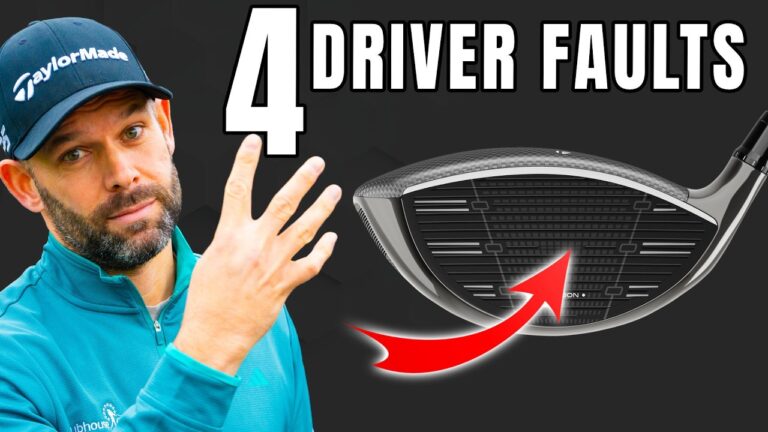
0 Comments